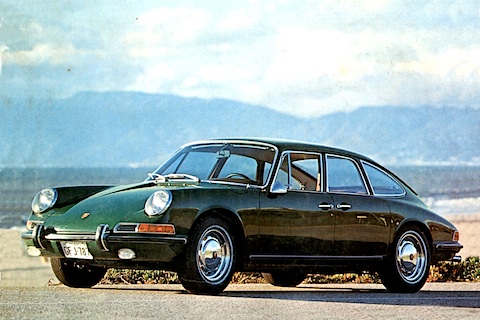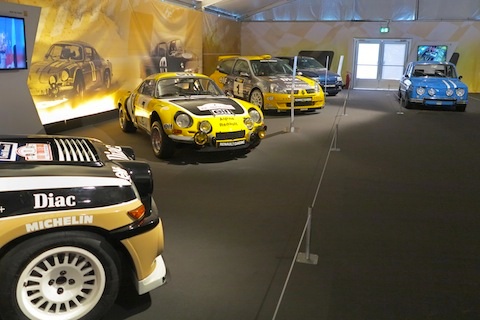The enterprising Vincent Bendix and his wonder car
05/22/2013

At the beginning of the 1930s, most cars in America looked similar to the Ford A model, i.e. they had free-standing fenders and largely boxy-looking bodies. Not so the Bendix SWC Sedan, which Vincent Bendix had devised together with Victor Kliesrath.
Their prototype had an aerodynamically shaped body designed by Alfred Ney with only a hint of fenders; the doors, fenders and hood were made of aluminum.
The Continental six-cylinder engine transmitted its power to the front wheels via an electric vacuum gearbox, the rear wheels were also individually suspended, the brakes were hydraulically operated and specially shaped wheel hub caps provided additional brake cooling. The windshield wipers were double and there was a timer in the steering wheel hub. The SWC - this abbreviation stood for Wheel Company - was miles ahead of the competition from Detroit 80 years ago.
There was just one problem. Vincent Bendix owned the large automotive supplier Bendix, which supplied General Motors and other vehicle manufacturers with brakes, carburetors and many other products that they did not want to produce themselves. With the SWC, Bendix was therefore competing directly with its customers. That is why the whole project was kept secret. Nevertheless, the plans went ahead and the wealthy Vincent Bendix even bought a factory (the remains of the Peerless Motor Car Company).
However, compromises had to be made in the construction of the revolutionary car. For example, a self-supporting construction was abandoned for reasons of time and a wooden chassis was used, resulting in a load of 1,600 kg instead of the targeted weight of less than 900 kg.
The car was presented in Europe in 1934, albeit quietly. Bendix showed the car to those responsible at Bentley, Alvis, Citroën, Peugeot, Renault and Bugatti. But when he returned to the States from his secret promotional tour, he found that GM had taken over the majority of the Bendix Corporation. The SWC project was shut down and Vincent Bendix and his partner were sidelined. Like Preston Thomas Tucker 15 years later, Bendix was probably too far ahead of his time.
Incidentally, the Bendix company continued to exist until 1983, but then disappeared as a separate company as part of several mergers and takeovers.
The SWC survived and is now in the Studebaker National Museum in South Bend in the USA.
A detailed article on the wonder car Bendix SWC appeared in Automobil Revue No. 35/1984 in 1984 .









